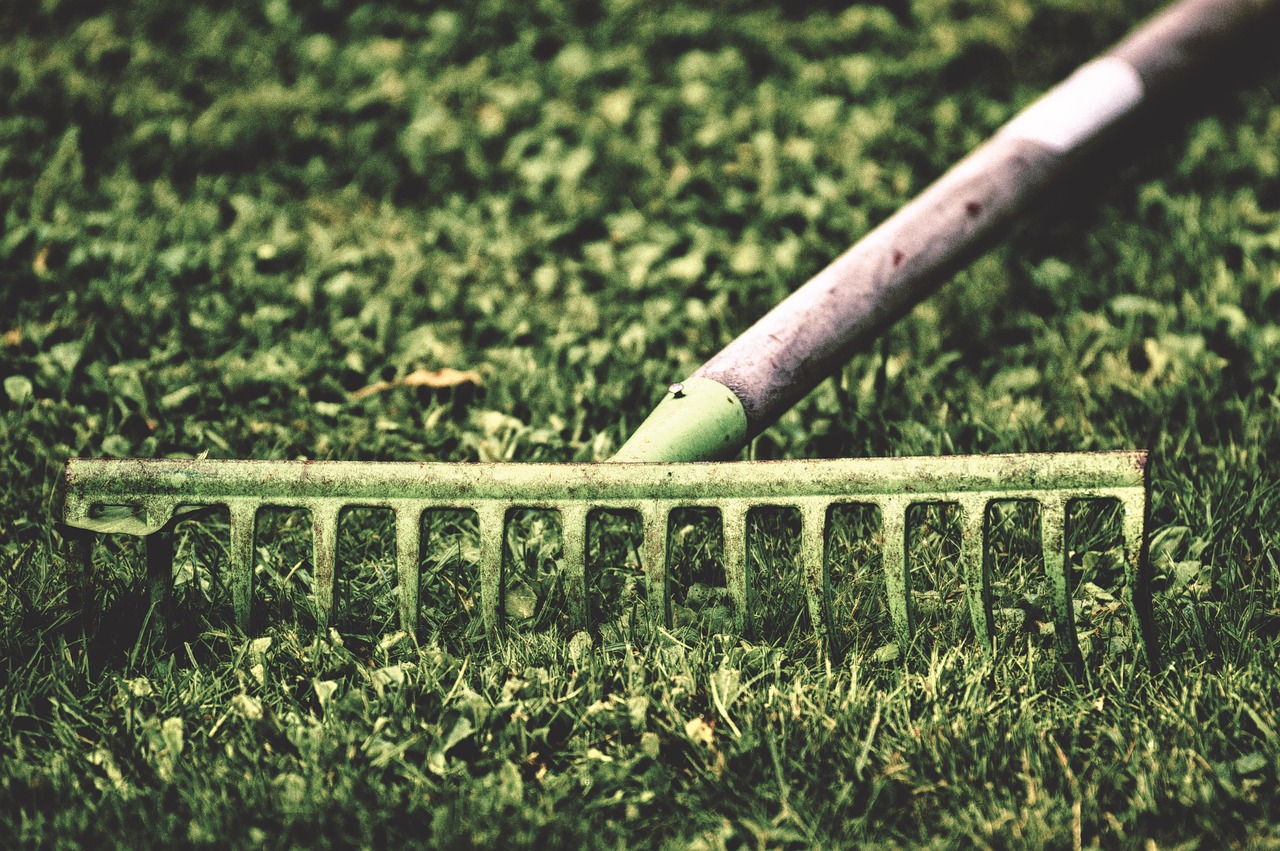Mulching in fall is like wrapping your garden in a cozy blanket before winter arrives. It locks in warmth, shields tender roots from frost, and slowly enriches the soil — all while keeping weeds at bay. But here’s the catch: even a simple, beneficial practice like mulching can backfire if done incorrectly.
Yes, you read that right. A few common mulching mistakes in autumn can actually harm your plants instead of helping them — leading to rot, pest problems, or delayed spring growth. So if you’re wondering, “Mulching in fall? Avoid these pitfalls for a better spring bloom,” you’re in the right place.
Let’s break down the most frequent missteps, why they cause trouble, and how to mulch the right way for a thriving garden when the warm weather returns.

Why Mulch in Fall at All?
Before we tackle the pitfalls, it’s worth revisiting why gardeners swear by fall mulching:
- Insulation: Protects roots from winter freeze-thaw cycles.
- Moisture Retention: Prevents soil from drying out in crisp, windy weather.
- Soil Enrichment: Organic mulches break down slowly, feeding the soil.
- Weed Prevention: Blocks weeds from sprouting before and after winter.
Sounds like a win-win, right? It is — unless you fall into one of these avoidable traps.
Pitfall #1: Piling Mulch Against Plant Stems and Trunks
Have you ever seen a tree or shrub surrounded by a perfect cone of mulch? It might look neat, but it’s actually a recipe for disaster. Gardeners call it volcano mulching — and it’s a plant killer in disguise.
Why it’s harmful:
- Traps moisture against the bark, encouraging rot.
- Provides cover for rodents and insects that chew bark.
- Can suffocate the plant’s crown and feeder roots.
The fix: Pull mulch 2–3 inches away from stems and trunks. Think “mulch doughnut” instead of “mulch volcano.”
Pitfall #2: Using the Wrong Mulch Type for Fall
Not all mulches are created equal — and the wrong choice can do more harm than good. For example, fresh wood chips can tie up nitrogen in the soil as they decompose, depriving your plants of vital nutrients.
Better options for fall mulching include:
- Shredded bark or hardwood mulch
- Straw (weed-free)
- Leaf mold
- Pine needles
- Well-aged compost
Pro tip: Avoid dyed or treated mulches near edibles, as chemicals can leach into the soil.
Pitfall #3: Laying Mulch Too Thick
It’s tempting to dump a generous load of mulch, thinking more means better protection. But overly thick mulch layers can smother roots, prevent air exchange, and hold too much moisture.
Ideal depth:
- 2–3 inches for flower and vegetable beds
- 3–4 inches for trees and shrubs
Anything beyond that risks root rot and fungal issues.
Pitfall #4: Mulching Too Early in the Season
If you apply mulch while the soil is still warm, you might accidentally encourage plants to keep growing instead of preparing for dormancy. This tender new growth will be vulnerable to frost damage.
Best timing: Wait until after the first light frost but before the ground freezes solid. This ensures plants have slowed growth and are ready for their winter rest.
Pitfall #5: Ignoring Weeds Before Mulching
Think mulch will smother your weeds? Not quite. Many weeds can push right through, and some will even thrive under the warm, moist mulch layer.
The fix:
- Pull weeds before applying mulch.
- For stubborn weeds, lay down cardboard or newspaper under the mulch as a biodegradable barrier.
Pitfall #6: Forgetting to Water Before Applying Mulch
Mulch helps retain moisture — but it doesn’t add it. If you lay mulch over dry soil, you’re sealing in drought conditions.
Better approach: Water thoroughly the day before mulching. This ensures the soil beneath stays evenly moist for weeks to come.
Pitfall #7: Using Contaminated or Pest-Infested Mulch
Free mulch from municipal piles or unprocessed yard waste may carry weed seeds, pests, or plant diseases.
The fix:
- Get mulch from reputable sources.
- If making your own, hot-compost it first to kill seeds and pathogens.
Pitfall #8: Mulching Plants That Prefer Dry Conditions
Not every plant appreciates a heavy blanket of moisture-retaining mulch. Mediterranean herbs like lavender, rosemary, and thyme — as well as many succulents — prefer drier, well-drained soil.
Alternative: Use gravel or sand-based mulch for these plants, or skip mulching entirely if they’re hardy in your zone.
Pitfall #9: Neglecting Mulch Renewal and Maintenance
Even the best mulch breaks down over time. Thin, compacted, or patchy mulch won’t insulate or protect your soil effectively.
The fix:
- Check mulch depth annually.
- Fluff compacted mulch to improve airflow.
- Top up where needed, but avoid piling fresh mulch over decomposed layers without loosening them first.
Pitfall #10: Forgetting Spring Mulch Management
Mulch that’s great in winter can be a problem in spring. A thick layer may keep soil cold longer, delaying seed germination and plant growth.
Solution: As temperatures rise, pull mulch back from early-emerging plants and let the soil warm. Reapply a lighter layer once growth is established.
How to Mulch in Fall for the Best Spring Bloom
1. Choose the Right Material
Opt for organic mulch that will break down over winter, enriching your soil for spring.
2. Apply at the Right Time
Post-first frost is ideal. Too early traps heat; too late leaves plants unprotected.
3. Layer With Care
Aim for 2–4 inches, depending on plant type, and keep mulch away from crowns and trunks.
4. Prep Your Beds
Weed, water, and amend the soil before laying mulch for maximum benefit.
Signs Your Mulch Might Be Hurting Your Plants
- Mushy or foul-smelling soil beneath
- Plants wilting despite adequate watering
- Mold or fungus growth on mulch surface
- Increased rodent or insect activity
Spot these early, adjust your approach, and your plants will thank you.
